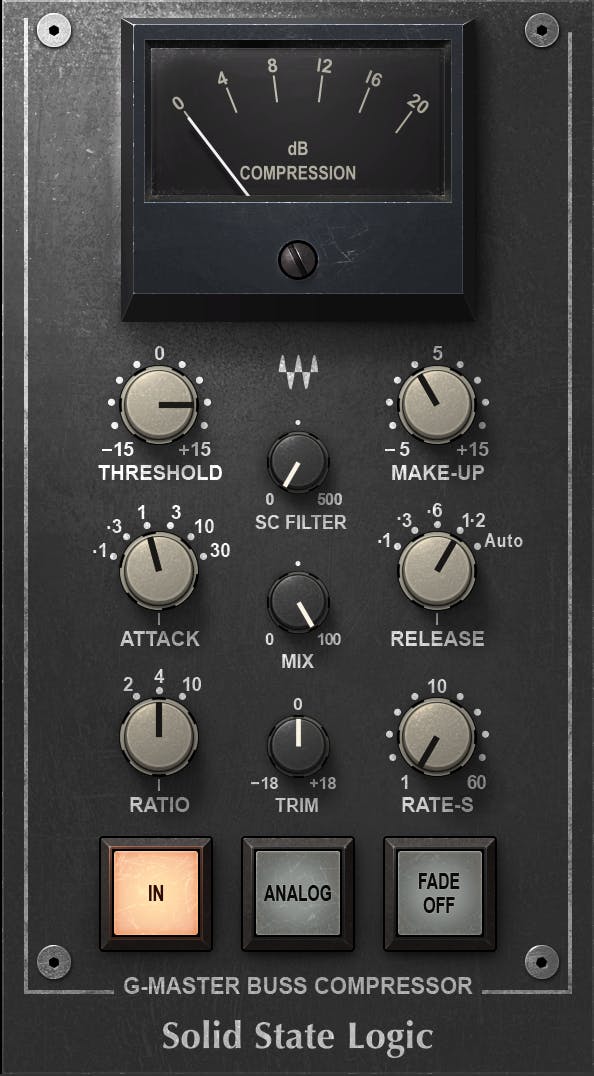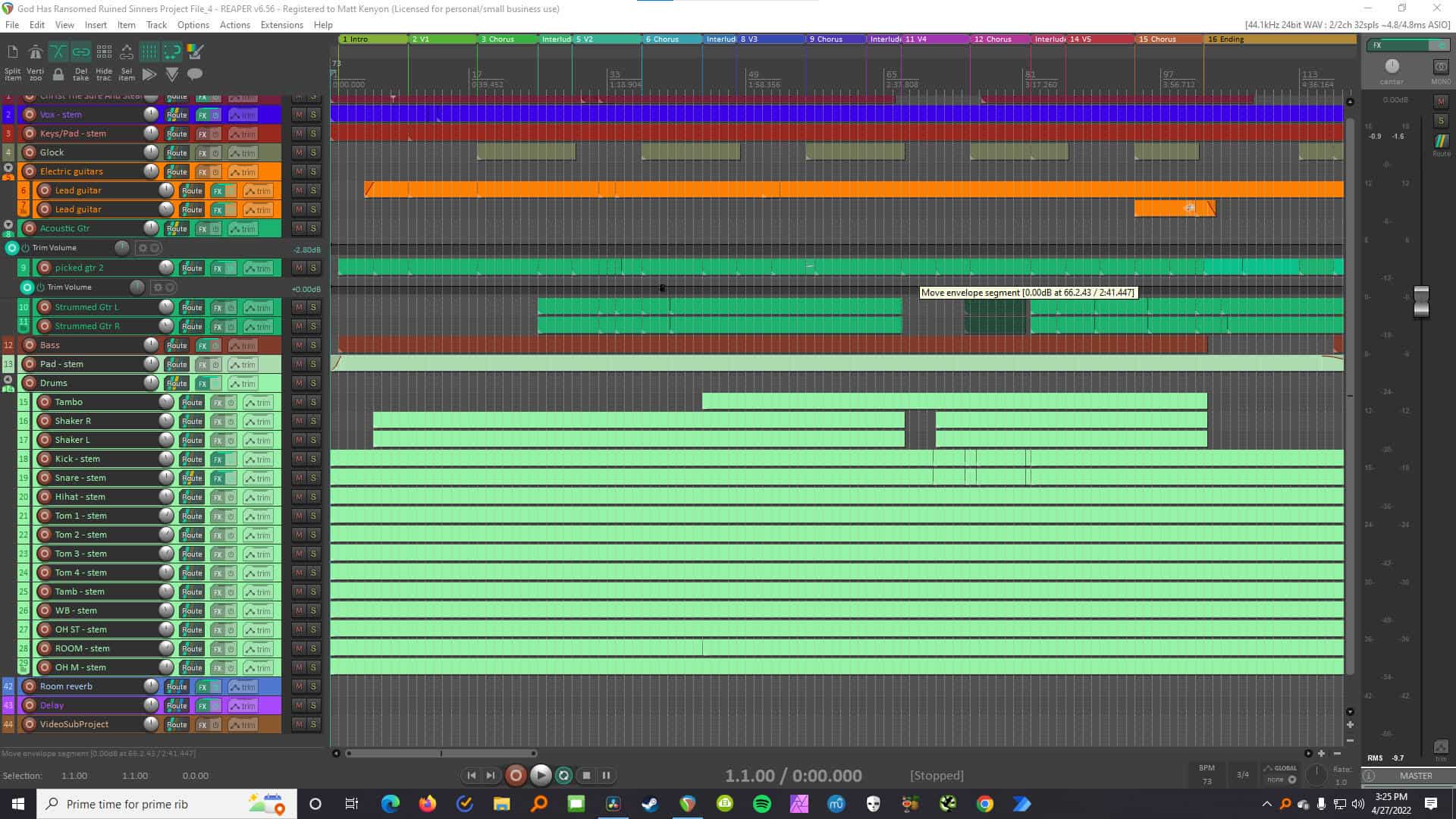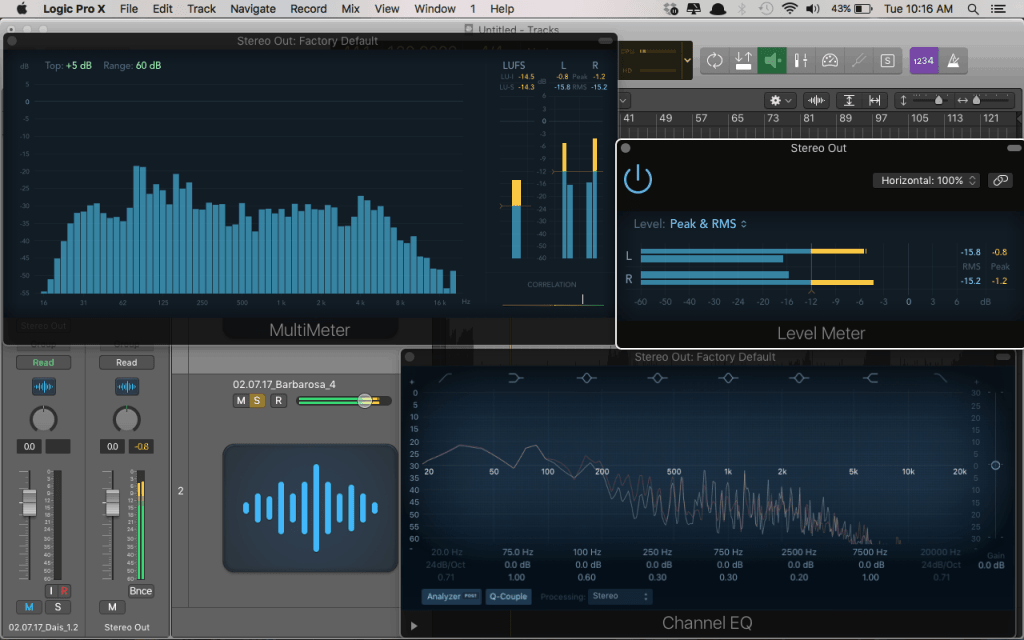To make rock music on Logic Pro X, start by selecting rock-oriented virtual instruments and plugins. Then, incorporate guitar, bass, and drums to create a powerful and energetic sound.
Additionally, utilize distortion, overdrive, and amp simulation to achieve the signature rock tone. Experiment with different effects to add depth and character to the tracks. With Logic Pro X’s extensive library of sounds and intuitive interface, crafting authentic rock music becomes an enjoyable and creative process.
Whether you’re a seasoned rock producer or a beginner exploring new musical styles, Logic Pro X provides the tools and flexibility to bring your rock music ideas to life.
Setting Up Your Workspace
To create rock music on Logic Pro X, setting up your workspace is crucial. Organize your instruments, arrange your interface, and set up your workstation for seamless music production. Customizing your layout and optimizing workflow will enhance your creative process and productivity.
| Setting Up Your Workspace |
| 1. Ensure optimal room lighting for a comfortable workspace. |
| 2. Position your audio interface for easy access and connection. |
| 3. Organize your cables to avoid clutter and interference. |
| 4. Place your MIDI controllers within reach for convenient usage. |

Credit: www.amazon.com
Creating Powerful Drum Tracks
Discover how to craft compelling drum tracks for your rock music production using Logic Pro X. Learn essential techniques and tips to create dynamic rhythmic patterns that elevate your sound to the next level effortlessly. Elevate your music with powerful drum tracks that drive your rock songs forward.
When producing rock music on Logic Pro X, one of the key elements to focus on is creating powerful drum tracks. To achieve an authentic and impactful sound, it is essential to select authentic drum samples. Look for samples that capture the essence and character of real drums, ensuring that they have a natural and convincing sound.
Once you have chosen the right samples, the next step is to program realistic drum patterns. Pay attention to the dynamics and variations in the performance. Emulate the feel of a live drummer by using different velocities and note lengths. Remember to include fills and accents where appropriate to add excitement and energy to your drum tracks.
By following these steps and refining your technique over time, you’ll be able to create compelling and impactful rock drum tracks that enhance your music production.
Crafting Guitar And Bass Riffs
Rock music is all about powerful guitar and bass riffs. Logic Pro X has a range of features to help you craft these riffs with precision. Utilizing amp modeling plugins can add an authentic tone to your guitar and bass tracks, making them sound like they were recorded through a real amplifier. Experiment with different amp models and adjust the settings to achieve the desired sound. In addition to amp modeling, you can enhance your riffs further by adding pedal effects. Logic Pro X offers a wide variety of pedal plugins, allowing you to simulate classic stompboxes and create unique tones. From distortion and delay to modulation and wah, pedal effects can add depth and character to your guitar and bass riffs. Experiment with different combinations and settings to find the perfect sound for your rock music creations.
Designing Captivating Vocal Performances
Learn how to create captivating vocal performances for your rock music using Logic Pro X. Discover techniques to make your vocals stand out and create a powerful impact. Improve your music production skills and take your rock music to the next level with this comprehensive guide.
| When recording vocals on Logic Pro X, utilize __dynamic mics__ for a crisp sound. Adjust __input levels and gain__ to prevent clipping. Experiment with different __microphone placements__ for varied tones. |
| Apply effects such as reverb and delay to enhance vocals. Use automation to create __dynamic shifts__ in volume and effects. Experiment with pitch correction tools for precision. |
Mixing For Impact
Making rock music on Logic Pro X involves balancing instrument levels to achieve punchy rock drums. Adjust volume sliders for each instrument to create a cohesive sound. Focus on enhancing drum impact by adjusting EQ settings to bring out the power in each beat.

Credit: www.waves.com
Mastering The Rock Sound
Learn to create authentic rock music using Logic Pro X. This comprehensive guide will help you master the rock sound with step-by-step instructions and tips for capturing the essence of the genre in your compositions. Start rocking with Logic Pro X today!
Understanding The Basics Of Mastering
Mastering is an essential step in music production that gives your rock music its final polish and ensures it sounds professional. It involves enhancing the overall audio quality of your mix and making it sonically balanced. Here are some important concepts to grasp:
- Volume and dynamics: Adjust the overall loudness of your track while maintaining a dynamic range that avoids excessive compression.
- EQ and frequency balance: Utilize equalization to shape the tonal balance of your mix, emphasizing the desired frequencies.
- Stereo imaging: Enhance the width and depth of your mix using panning, reverb, and stereo enhancement techniques.
- Compression and limiting: Apply compression to control dynamic range and ensure consistency, while limiting prevents clipping and distortion.
- Adding final touches: Consider utilizing effects like reverb, delay, and saturation to add depth, space, and warmth to your mix.
| Key Aspects of Mastering | Techniques to Apply |
|---|---|
| Volume and dynamics | Utilize a limiter to control peaks and enhance perceived loudness. |
| EQ and frequency balance | Use EQ to shape the frequency spectrum and carve out space for different instruments. |
| Stereo imaging | Pan instruments across the stereo field and apply stereo width and spatial effects. |
| Compression and limiting | Apply compression to control dynamics and prevent peaks, then limit to maximize loudness. |
| Adding final touches | Enhance the mix with reverb, delay, saturation, and other effects to achieve desired texture. |
By understanding the basics of mastering and applying the appropriate techniques, you can achieve the rock sound you desire in Logic Pro X.
Conclusion And Final Touches
To wrap up your rock music production in Logic Pro X, it is essential to give your sound the final touches and refine it before preparing it for release. This last step will help ensure that your music is polished and professional sounding.
When refining your rock sound, pay attention to the mix and make any necessary adjustments to the levels of instruments and vocals. Take the time to EQ each element to enhance its presence and clarity, and use compression to control dynamics. Don’t forget to experiment with different effects and plugins to add depth and texture to your sound.
Once you are satisfied with the mix, it’s time to prepare your music for release. Export your project as a high-quality audio file and consider creating different versions for streaming platforms and CDs. Double-check that all metadata and album artwork are correctly embedded, as this will help your music to stand out and be recognized.
By following these steps and paying attention to the details, you can create rock music on Logic Pro X that is ready to be shared with the world.

Credit: composercode.com
Conclusion
Creating rock music on Logic Pro X is an exciting and accessible endeavor. By following the steps outlined in this blog post, you can unleash your creativity and produce high-quality rock music tracks. With its user-friendly interface and powerful features, Logic Pro X provides the perfect platform to bring your rock music vision to life.
So, grab your guitar, set up your drum kit, and let the rock music magic begin!










